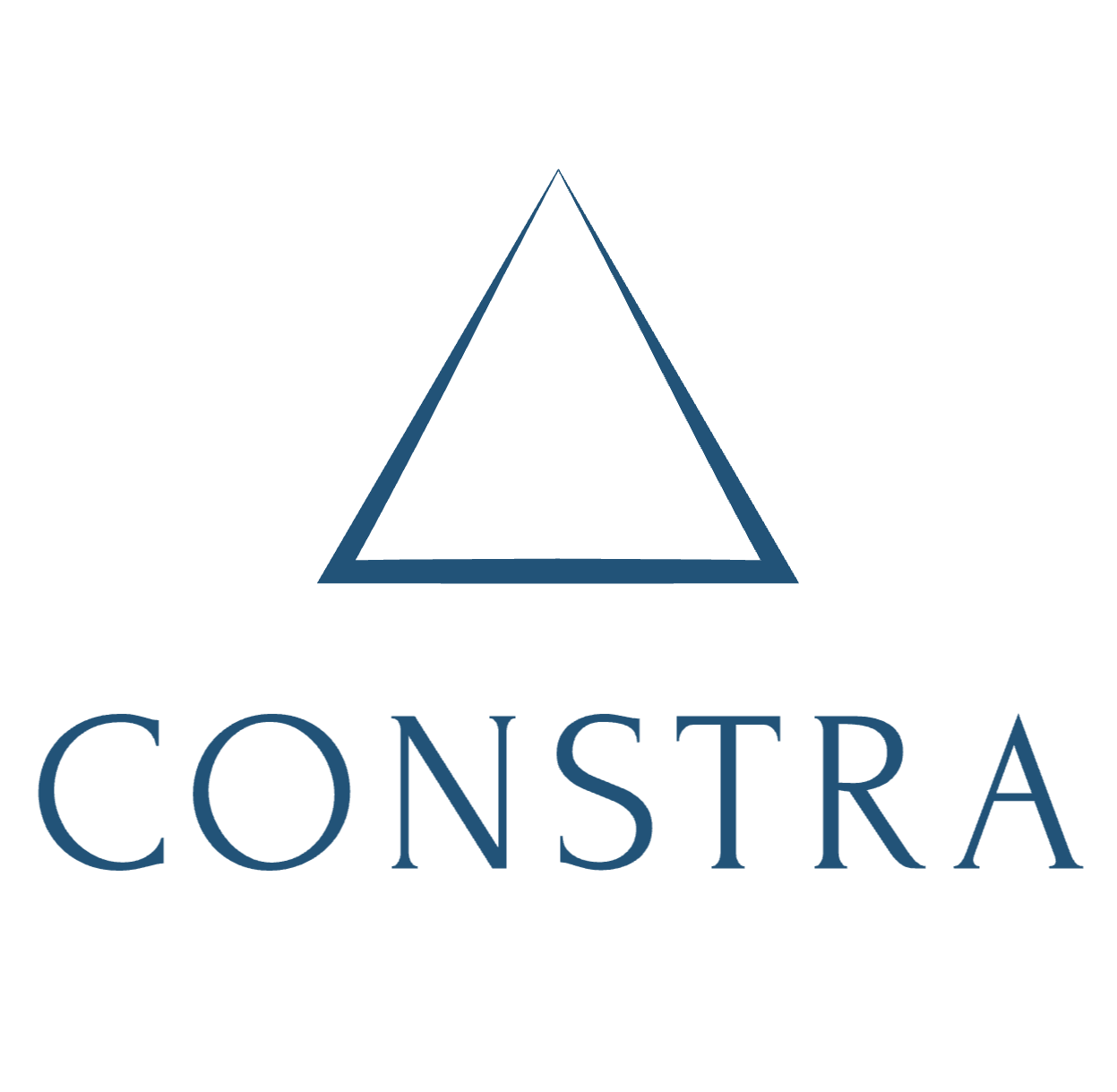Construction management has come a long way from the days of paper blueprints and manual labor. New-age technology has been transforming the construction industry. Today, construction managers have access to a wide range of tools and technologies that can help them plan, coordinate, and oversee construction projects more efficiently and effectively.
However, not all construction management methods are created equal. In this blog post, we will take a look at the differences between traditional construction management and visual intelligence platform-based construction management.
Traditional Construction Management
Traditional Construction management (TCM) is the process of planning, coordinating, and overseeing construction projects from start to finish using traditional methods such as paper blueprints, manual labor, and simple spreadsheets. It involves a wide range of activities, including Pre-Construction, Procurement, Construction, Project Closeout, and Project Controls, while also adhering to strict timelines, budget, safety and resource requirements.
With multiple projects in hand, construction project managers constantly move from one construction site to another to ensure that the project is completed on time, within budget, and to the client’s satisfaction. Therefore, construction management through traditional ways has always been a time-consuming, labor-intensive affair, and prone to errors.
One of the main drawbacks of traditional construction management is that it relies heavily on manual labor. This can be costly and time-consuming, and it leaves a lot of room for human error. In addition, traditional construction management often relies on paper blueprints, which can be hard to read, easily damaged, and difficult to update.
Traditional Construction Management (TCM) can have several problems, including:
1. Lack of real-time data and visualization:
TCM relies on paper documents and on-site inspections, which can make it difficult to get real-time information on the progress of a project and to visualize it in a clear and detailed way.
2. Inefficiency and delays:
Manual processes can be time-consuming and prone to errors, which can lead to inefficiencies and delays in the construction process.
3. Difficulty collaborating:
With paper documents and lack of real-time data, it can be difficult for different teams and stakeholders to effectively collaborate and coordinate their work.
4. Limited ability to make informed decisions:
Without real-time data and visualization, it can be difficult to make informed decisions about a project and to identify and address potential issues before they become major problems.
5. Inaccuracies in cost estimates:
Without the use of BIM, it can be difficult to get accurate cost estimates for a project, which can lead to unexpected expenses and delays.
6. Difficulty in maintaining records:
Keeping track of all the paper documents and drawings can be a tedious task which makes it difficult to maintain accurate records of the project.
Moreover, Traditional Construction Management (TCM) tools can have a significant negative impact on a construction business. Some of the ways in which TCM can impact a business include:
1. Increased costs:
The use of manual processes can lead to inefficiencies and delays, which can increase the overall cost of a project.
2. Difficulty in meeting project requirements:
The lack of real-time data and visualization can make it difficult to meet project requirements, which can negatively impact the business.
3. Limited ability to adapt to changes:
The lack of real-time data and visualization, and collaboration makes it difficult to adapt to changes in a project, which can negatively impact the business.

Visual Intelligence Platform-based Construction Management
Visual Intelligence Platform-based Construction Management (VIP-CM), on the other hand, is the process of planning, coordinating, and overseeing construction projects using modern tools and technologies such as building information modeling (BIM), drones, and 3D scanning to create a digital representation of a construction project.
These tools allow construction managers to visualize and plan construction projects in 3D, reducing the need for manual labor and minimizing the risk of errors, allowing for improved collaboration, real-time monitoring and progress tracking, and better decision-making.
One of the main benefits of visual intelligence construction management is that it allows construction managers to visualize construction projects in 3D. This helps them to identify potential problems before they occur and make more informed decisions. In addition, visual intelligence construction management allows construction managers to work more closely with architects, engineers, and other design professionals, which can lead to more efficient and effective project planning.
Benefits of visual intelligence platform-based construction management
Construction leaders are increasingly adopting Visual Intelligence Platform-based Construction Management (VIP-CM) software, like CONSTRA, because of the benefits they can provide over Traditional Construction Management (TCM) methods. These benefits include:
1. Remote monitoring:
With the advent of technology, VIP-CM software can provide the ability to remotely monitor the construction site, which can be especially useful during the pandemic or in remote locations.
2. Improved collaboration:
VIP-CM method allows for better collaboration between different teams and stakeholders by providing real-time data and visualization of a project.
3. Increased efficiency:
It can help to increase the efficiency of a construction project by allowing for real-time monitoring and progress tracking, which can help to identify and address potential issues before they become major problems.
4. Improved decision-making:
It can provide construction leaders with the ability to make more informed decisions by providing real-time data and visualization of a project.
5. Cost savings:
It can help to reduce the overall cost of a project by increasing efficiency, improving collaboration, and providing accurate cost estimates using BIM.
6. Better project outcomes:
It can help to improve the overall outcome of a construction project by providing real-time data and visualization, which can help to identify and address potential issues before they become major problems.
7. Better safety:
It can help to improve safety on a construction site by providing real-time monitoring and progress tracking, which can help to identify and address potential safety hazards.
8. Better compliance:
It can help to improve compliance with regulations and standards by providing real-time monitoring and progress tracking, which can help to identify and address potential compliance issues.
9. Better sustainability:
It can help to improve sustainability by providing real-time monitoring and progress tracking, which can help to identify and address potential sustainability issues.
Explore 10 facts about Visual-Intelligence Platform you probably did not know about!
About CONSTRA
CONSTRA is a new-age visual-intelligence led construction management software that derives insights from images and videos (of building exteriors and interiors) to enable construction leaders to extract insights from visual inputs to make analytics driven decisions all along their planning, building and managing their projects better.
CONSTRA ingests visual inputs from drones, 360-degree cameras, laser scanners, mobile phones and as well as traditional sources like CAD drawings and BIM models. The platform then extracts the technical and operational information within them onto a visually appealing dashboard. The various stakeholders of the project can then collaborate through this platform to meticulously plan each stage of the project, remotely monitor the progress, ensure the conformance to plan, identify deviations, list and manage snags, manage master data, and generate diverse formats of reports.
Clients using CONSTRA are reducing up to 80% of site visits for their senior management, achieving up to 60% of progress & quality checks remotely, and reducing the overall costs of the project by up to 20%.
Adoption Rate of PropTech solutions
The adoption rate of PropTech solutions in the construction industry has been increasing in recent years as technology continues to advance and more companies recognize the benefits that these solutions can provide. This includes automating processes, cost savings, improved data management, and enhanced customer experiences.
According to a 2020 report by Deloitte, the global PropTech market is expected to grow from $12 billion in 2020 to $31 billion in 2025, with the construction and real estate sectors expected to be significant contributors to this growth. Another study by JLL, it was reported that the construction industry is the second-largest adopter of PropTech solutions, behind the real estate industry.
Explore how CONSTRA helps in Urban Planning and Construction Management
Conclusion
In conclusion, while traditional construction management has been around for a long time and still used in some places, visual intelligence construction management is the future of construction management. It provides construction managers with more powerful tools and technologies to visualize and plan construction projects, reducing the need for manual labor and minimizing the risk of errors.
As technology continues to evolve, we can expect to see even more innovative tools and technologies that will further improve the efficiency and effectiveness of construction management.
Are you curious to know, how CONSTRA is helping construction leaders with Visual Intelligence?
Click here to watch CONSTRA in action.
…




